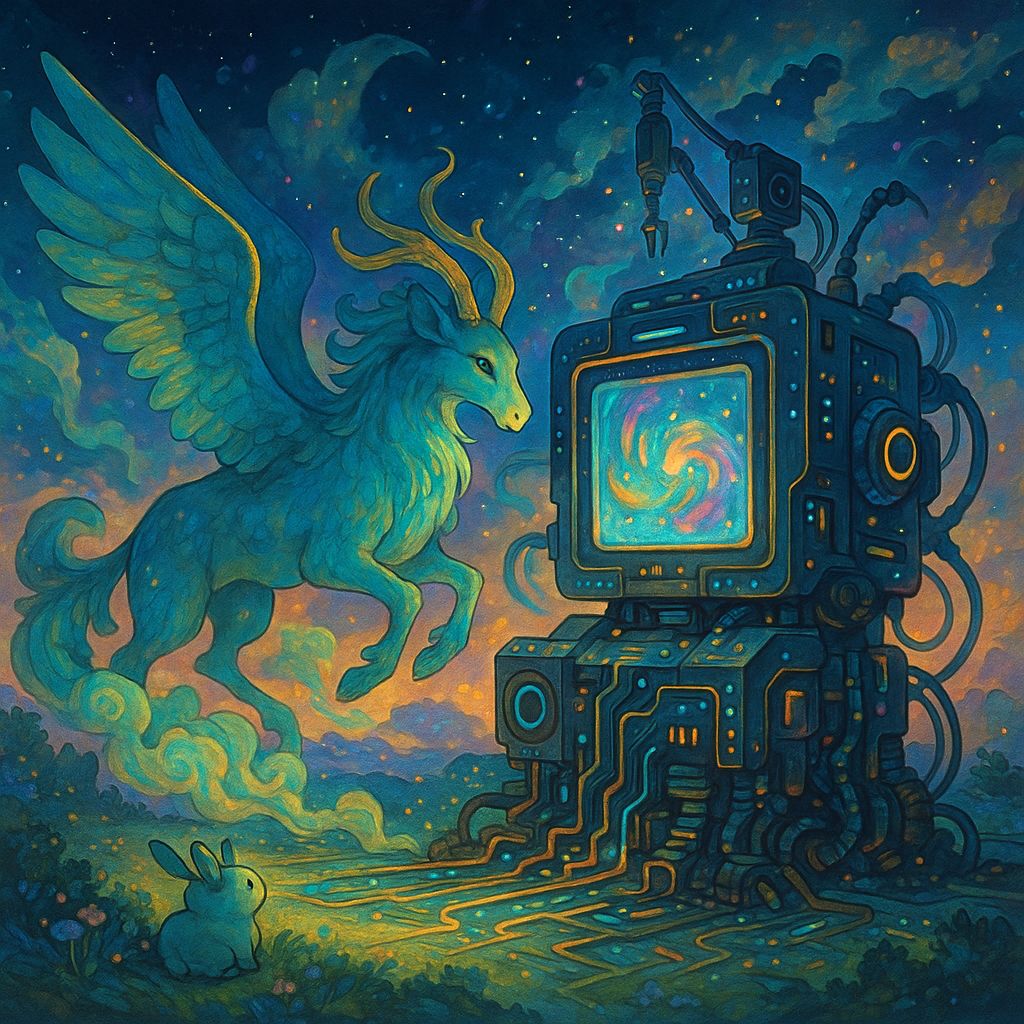Summary: In today’s rapidly evolving digital landscape, the intersection of artificial intelligence and creativity is generating unprecedented excitement. The recent buzz around AI-generated visuals, such as the Studio Ghibli-style “Lord of the Rings” trailer by PJ Ace, exemplifies the remarkable capabilities of AI image generation models. These tools are not only advancing at a breathtaking pace but are also becoming increasingly accessible, unlocking new creative possibilities for artists, businesses, and curious minds alike. A focal point of this discussion is OpenAI’s groundbreaking GP Image One API, which is empowering users with innovative tools for both creative and practical applications. While debates around the implications of such technology continue, the potential for transformative workflows and creative expressions is undeniable. For those eager to explore this frontier, engaging with platforms like ChatGPT or delving into the API’s official documentation and community forums is highly encouraged. As AI technology becomes more user-friendly and sophisticated, the future of creativity holds limitless possibilities.

In today’s rapidly evolving digital landscape, the intersection of artificial intelligence and creativity is generating unprecedented excitement. The recent buzz around AI-generated visuals, such as the Studio Ghibli-style “Lord of the Rings” trailer by PJ Ace, exemplifies the remarkable capabilities of AI image generation models. These tools are not only advancing at a breathtaking pace but are also becoming increasingly accessible, unlocking new creative possibilities for artists, businesses, and curious minds alike. A focal point of this discussion is OpenAI’s groundbreaking GP Image One API, which empowers users with innovative tools for both creative and practical applications.
Exploring Creative Frontiers with AI
The realm of AI-generated imagery is a playground for imagination. Inspired by the Studio Ghibli trend, creators like PJ Ace have demonstrated the potential of these tools with projects like a “Lord of the Rings” trailer reimagined in Ghibli style. This endeavor involved painstakingly transforming over 102 screenshots from the original trailer using OpenAI’s image generation capabilities, followed by animation enhancements with tools like ClingAI and LumaLabs AI.
- Not just limited to Ghibli, creators are exploring diverse styles like Simpsons, South Park, and even LEGO.
- AI-generated visuals are not just artistic but can also mimic realistic photography and infographics.
- Complex creations such as world maps and educational comics highlight the versatility of AI models.
“AI doesn’t inherently have good taste. That’s a really key point. It democratizes something, sure. But the designer’s eye, their understanding of communication and aesthetics, that’s still vital.” – Matthew Berman
While the artistic possibilities are vast, the discussion naturally shifts to the implications for graphic designers. Rather than viewing AI as a threat, many see it as a powerful tool for enhancing creative expression by complementing human artistic direction.
Understanding the GP Image One API
At the heart of this technological leap is OpenAI’s GP Image One API, a tool that allows developers to integrate AI image generation into their applications seamlessly. This API is a game-changer for businesses looking to innovate in marketing, design, and beyond.
- The API offers versatile output formats like PNG, JPEG, and WebP, with options for transparent backgrounds.
- Pricing is token-based, factoring in input prompts, image edits, and output complexity.
- Developers can access this tool through OpenAI’s API playground, making experimentation straightforward.
Big names in the industry, including Adobe, Canva, and GoDaddy, are already harnessing this technology to enhance their product offerings, underscoring its practical utility in commercial applications.
Navigating the Challenges and Opportunities
Despite the immense potential, the rise of AI in creative fields is not without controversy. Some critics argue that AI-generated art could dilute the value of traditional artistry, raising philosophical questions about creativity and authenticity.
Moreover, the energy-intensive nature of AI technologies contrasts with the eco-friendly ethos of studios like Ghibli, prompting discussions about sustainability. Nevertheless, the adaptability and efficiency of AI tools offer undeniable benefits in various sectors beyond art.
As OpenAI’s API becomes more accessible, it opens new doors for innovation. Developers and creatives are encouraged to explore these tools, whether through ChatGPT for individual exploration or through deeper dives into API documentation for technical integration.
This exploration of AI’s role in creativity is just beginning. As these technologies evolve, they promise to reshape the landscape of creative tools and workflows, facilitating innovations that we may not yet be able to fully imagine.
Summary
OpenAI’s GP Image One API is revolutionizing the way we approach creativity and practical tasks, offering tools that blend human artistry with AI efficiency. While debates around AI’s role in art continue, the opportunities for enhanced creative expression and business innovation are vast. As this technology becomes increasingly user-friendly, the future of creativity holds limitless possibilities. For those eager to explore, engaging with platforms like ChatGPT or delving into the API’s official documentation is highly recommended.

Leave a Reply